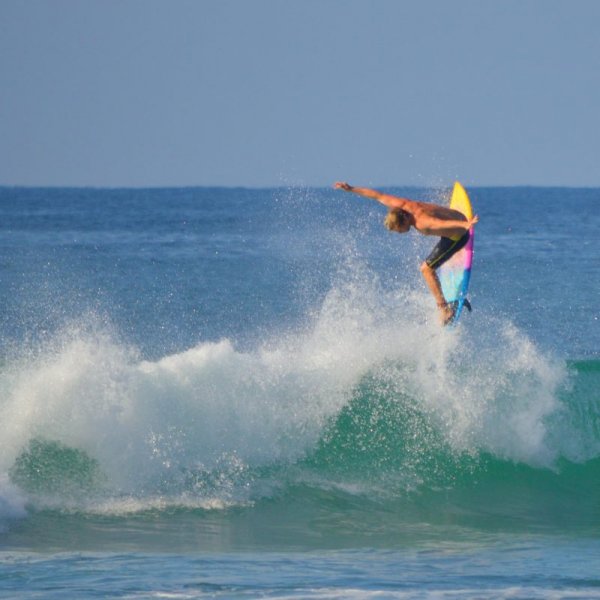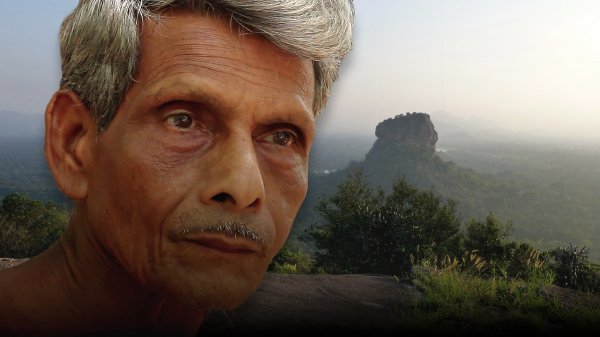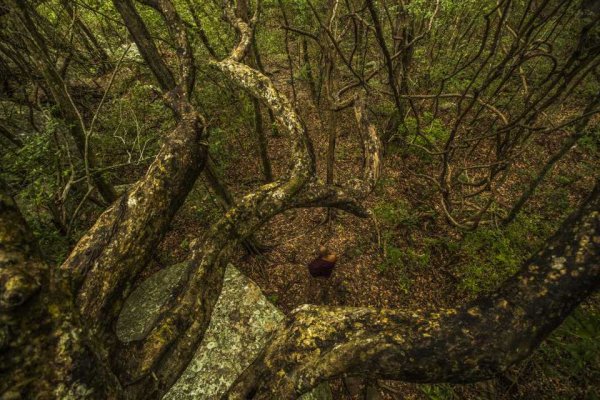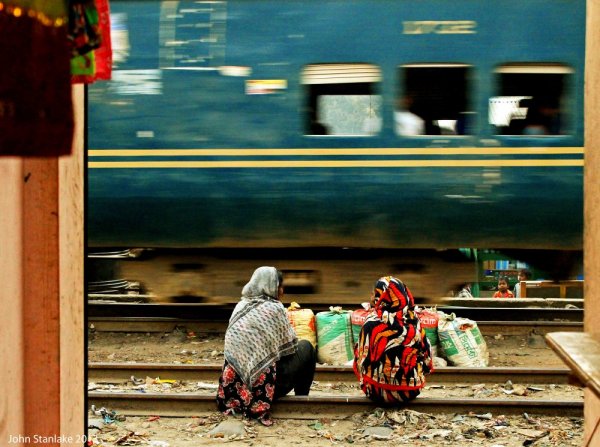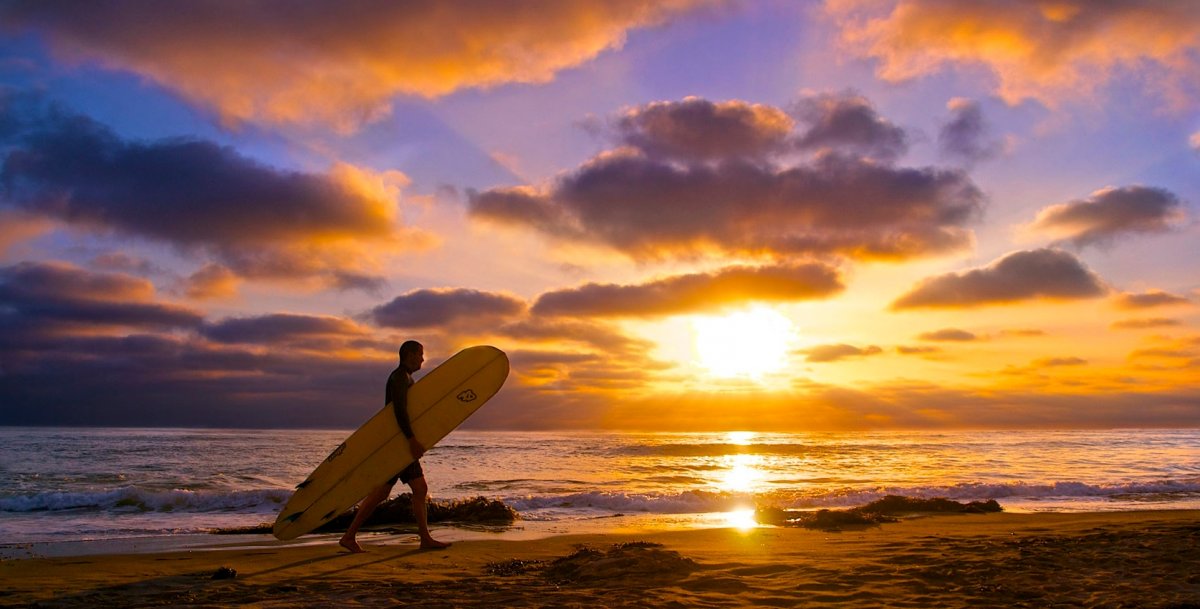
Sri Lanka is blessed with a tropical climate. The weather is warm during much of the year—except when it isn’t, and even then it’s not unbearably cold but just wet and damp. The balmy weather is just one reason why Sri Lanka is such a popular tourist destination—her warm, dry, and sunny beaches are the perfect haven for tourists escaping the cold during bitter winter months.
But there are other reasons why a traveller puts Sri Lanka on her bucket list; from walking the ramparts of the Galle Fort, to watching the Esala Perahera in Kandy or spotting leopards in Yala, Sri Lanka offers a wide repertoire of activities for the experience seeker. But just like every other country, Sri Lanka has her own ‘seasons’ for each of these activities—and you wouldn’t want to be caught in the wrong one!
Monsoonal Rains
Sri Lanka experiences four climate seasons. The first inter-monsoonal season begins in March and ends in April. It is followed by the Southwest monsoon season between May and September, followed by the second inter-monsoonal season between October and November and the Northeast monsoon season between December and February.

Horse riding is a favourite activity in Nuwara Eliya during the April ‘season’. Image courtesy tripadvisor.com
The monsoons between May and September and December and February bring strong winds and rains, often influenced by depressions in Bay of Bengal. The heavy rains have been known to cause flooding and displace thousands in low-lying areas, but rarely last longer than a few days at a time.
Sri Lanka enjoys sunny weather, aside from these squalls, and with a little planning there are seasonal places of interest to visit every month. Besides these, being multicultural, the island has a host of cultural festivals that can be of interest to the local and foreign traveller alike.
January, February, and March
The months of January, February, and March are generally considered the best time to travel in Sri Lanka. The weather is dry, warm, and sunny with a nip to the air, carried over from the cooler December month. The beaches in South and East of the island are popular as tourists flock to warm themselves in the pleasant sunshine.
The cultural triangle in the North central province, Ella in the Uva province, the historical city of Galle, and the beaches of Mirissa and Tangalle are populated by tourists during these months. January, February, and March are also the months during which many locals make their way to Adam’s Peak for the pilgrimage that begins on Unduvap Poya day in December and ends on Vesak Poya day in May.
April
The month of April is by far the hottest month in Sri Lanka and coincides with the local school holidays. This results in a host of migrations to the cooler climes in the central hill country, specifically to Nuwara Eliya, or ‘Little England’ as it is known, where a number activities, including horse racing, are organised for the general public.

Adam’s Peak pilgrimage season begins in December and lasts until May. Image courtesy news.lk
May
Southwest monsoon winds and rains sweep in this month and bring relief to the heat waves experienced the month before. The rains occur in the south and west coastal areas and also in parts of the central hill country. This opens the north and east of the island to those looking for sunshine and warmth.
May is also the month that Vesak—the birth, enlightenment, and death of the Buddha is commemorated—and while lanterns are lit in places all over the country, the city of Colombo, especially the heart of Colombo, is transformed into a colourful festival of lights.
June, July
Southwest monsoon rains continue during the month of June and July across the south, west, and areas of the central parts of the island. In Anuradhapura, in the North Central province of the island, Poson poya—which celebrates the arrival of Buddhism in Sri Lanka—is celebrated with pirith (chanting), dhansal (free food as almsgiving) and sermons in June.
July is when the 15-day Kataragama Maha Devalaya perahera (procession) is held attracting devotees from across the country. Both the months June and July are favourable for surfing in Arugam Bay, and locals and tourists escaping the Southwest monsoon head in that direction.
August
The monsoon rains affecting the Southwest of the island continue during the month of August, interspersed with extremely hot days. The Esala perahera in Kandy is a highlight during this month, while dry conditions in the North Central province cause elephants to converge at water bodies at the Minneriya National Park, making it a perfect setting for elephant watching. In Jaffna, the famed Nallur festival, which spans 25 days, begins, beckoning to Hindu devotees near and far.
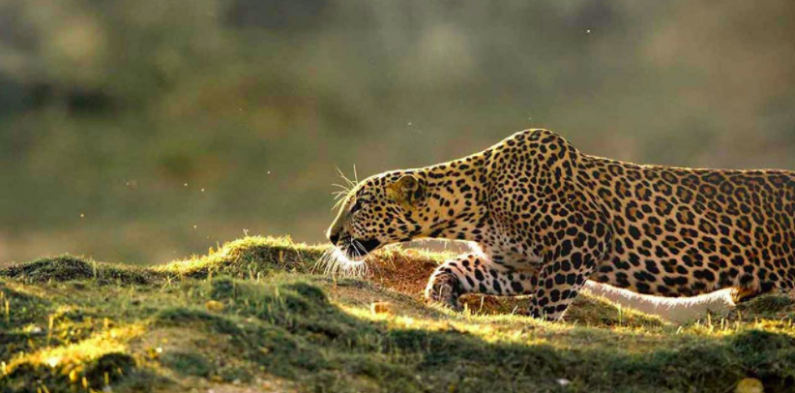
Leopard spotting is a favoured activity at the Yala national park. Image courtesy monara.lk
September
Surfs up in Arugam Bay, even as monsoon rains dwindle in the Southwest of the island. Whale watching, off the coasts of Mirissa, Tangalle and Kalpitiya are also favoured activities during these months.
October, November
October and November, the ‘second inter-monsoonal season’ bring thunderstorm type rains across the island, leading sometimes to floods and landslides. Almost the entire island receives in excess of 400 mm of rain during this season, hampering day-to-day living and travel. As a result, many people refrain from travelling during this period.
December
December heralds the onset of the Northeast monsoon, which affect the coastal areas of the north and the east, as well as parts of the central hills of Sri Lanka. The rest of the island enjoys cool, dry weather, making December—together with January, February, and March—a favourable month for tourists to visit Sri Lanka.
The wild beauty of Yala and Wilpattu, a favourite with both nature enthusiasts local and foreign alike, reaches its peak during the month of December. The pilgrimage to Adam’s Peak begins on Unduvap Poya day in December, and goes on until Vesak Poya day in May.
While it is clear that Sri Lanka is a year-round destination with many places of cultural, religious, and aesthetic significance, for a traveller to capture the essence of Sri Lanka, it is important to be in the right place, at the right time. A clear understanding of seasonal places of interest in will ensure plans remain unspoiled.
Cover image courtesy tuktukdude.com



